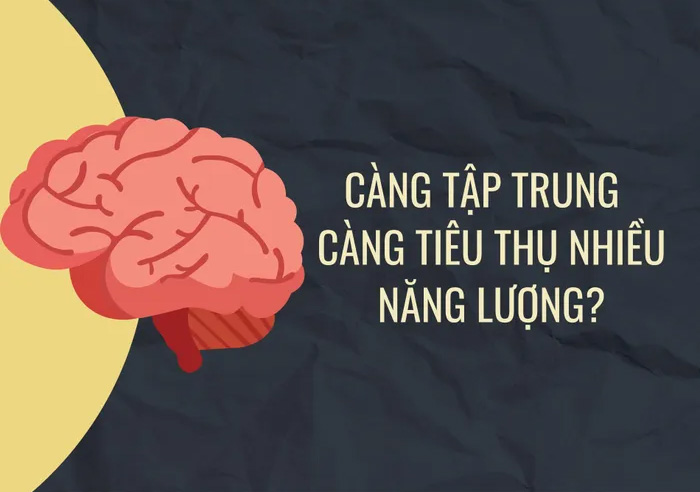There are many questions and common misconceptions surrounding the brain. The book “How The Brain Works: Understanding the Brain” provides knowledge about the central nervous system.
1. Does focusing consume more energy?

The human brain is an energy-intensive organ. Although it accounts for about 2% of total body weight, it consumes up to 20% of the total energy produced. The large human brain is a significant energy consumer. So, is it true that the more we focus, the more energy the brain consumes? Unfortunately, that is not correct. The brain never stops working; overall energy consumption remains relatively constant throughout the 24 hours of the day.
2. Is technology addiction similar to substance addiction?

The signal exchange in the brain is based on electrical impulses transmitted through a network of cells. The activity of these cells—and the mental and physical states they govern—are strongly influenced by chemicals known as neurotransmitters. A common comparison made is between addiction to stimulants such as drugs and alcohol and addiction to technology like online gaming. Based on scientific grounds, this comparison is entirely dissimilar. Technology addiction resembles overeating more than substance addiction. Dopamine release can increase by 75% while gaming and by 350% when using cocaine.
3. Why can’t we remember memories from when we were very young?

The human brain continues to change and develop throughout the early stages of maturation, while unimportant connections degrade. This makes the brain efficient but also less flexible. Due to the formation of new brain cells, memories in a part called the hippocampus can gradually diminish before they are stored in the cortex. This explains why we cannot remember events from our very early childhood.
4. Are there differences between male and female brains?

Scientists have discovered that there are significant differences in the physical structure of male and female brains. All embryos start developing in a female brain and require additional hormones to develop into a male brain. Male brains appear to be more lateralized (showing a significant difference between the functions of the left and right hemispheres). Our social environment and experiences continuously shape neural pathways, helping us perform tasks typically associated with either gender.
5. Why do we close our eyes when sneezing?

Have you ever wondered why we have to close our eyes when we sneeze and cannot control it? This is because when sneezing, a stimulus from the nose affects the control center in the brainstem, causing a widespread muscle contraction, including the eyelid muscles. This results in a temporary blink.
6. Do human ears also have a function to “filter noise”?

On a bustling street filled with many mixed sounds, you can still hear someone talking next to you. This is because the primary auditory area can filter out unnecessary sounds and enhance the signals we want to hear. This is accomplished by reducing responses to continuous sounds, such as traffic noise, while amplifying vivid sounds, such as conversations, and actively listening to them.
7. Is there a difference between a genuine smile and a “social” smile?

A smile can be a genuine expression of a positive mood or a conscious act with social motives. Genuine smiles occur unconsciously, involving different muscle groups than those used in social smiles. While both expressions involve the mouth opening and the corners of the lips turning up, a genuine smile will contract the muscles that lift the cheeks, creating “crow’s feet” around the eyes. Conscious smiles can take on various forms and are used in many social interactions; they not only help bond socially but can also be used to express dominance or to mask embarrassment.


















































